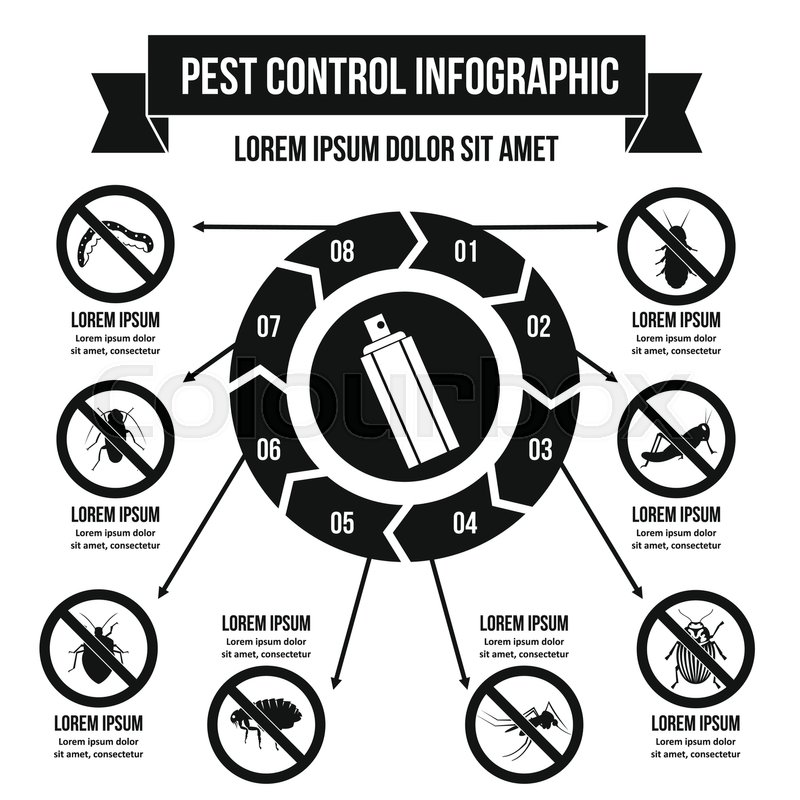Visualize your attic as a cozy Airbnb for rodents, with insulation as cosy as hotel pillows and electrical wiring a lot more enticing than area solution. Now, think of these unwanted guests tossing a wild party in your home while you're away. As a property owner, ensuring your attic is rodent-proof is not nearly peace of mind; it has to do with shielding your residential or commercial property and liked ones. So, what simple actions can you take to secure your sanctuary from these furry intruders?
Inspect for Access Points
To start rodent-proofing your attic room, check for access points. Begin by carefully examining the outside of your home, searching for any type of openings that rodents might utilize to gain access to your attic room. Look for voids around energy lines, vents, and pipelines, in addition to any kind of fractures or holes in the foundation or exterior siding. Ensure to pay very close attention to locations where different structure products fulfill, as these prevail entry factors for rats.
In addition, evaluate the roofing for any type of damaged or missing out on tiles, as well as any gaps around the edges where rodents can squeeze through. Inside the attic, seek indicators of existing rodent task such as droppings, ate cords, or nesting products. Use a flashlight to completely examine dark corners and concealed areas.
Seal Cracks and Gaps
Examine your attic room completely for any cracks and gaps that need to be sealed to prevent rodents from entering. Rodents can press through even the smallest openings, so it's critical to seal any kind of potential entry points. Check around pipelines, vents, cables, and where the wall surfaces fulfill the roofing. Utilize a combination of steel wool and caulking to seal these openings effectively. Steel wool is an outstanding deterrent as rodents can't chew with it. Make sure that all gaps are tightly sealed to refute accessibility to undesirable pests.
Don't overlook the value of securing voids around windows and doors also. Use weather stripping or door sweeps to secure these locations efficiently. Inspect the areas where energy lines go into the attic and seal them off making use of an ideal sealant. By taking the time to seal all splits and spaces in your attic room, you produce a barrier that rats will locate challenging to violation. Prevention is key in rodent-proofing your attic, so be detailed in your initiatives to seal off any potential access points.
Eliminate Food Sources
Take proactive steps to eliminate or save all possible food resources in your attic room to hinder rodents from infesting the space. Rodents are drawn in to food, so removing their food sources is vital in keeping them out of your attic.
Below's what you can do:
1. ** Store food firmly **: Avoid leaving any food items in the attic room. Store all food in impermeable containers made from steel or durable plastic to avoid rodents from accessing them.
2. ** Tidy up particles **: Remove any kind of heaps of particles, such as old newspapers, cardboard boxes, or wood scraps, that rodents could use as nesting material or food resources. Maintain the attic clutter-free to make it much less attractive to rats.
3. ** Dispose of rubbish properly **: If you use your attic for storage and have rubbish or waste up there, make certain to take care of it frequently and appropriately. Rotting garbage can bring in rodents, so keep the attic clean and devoid of any kind of organic waste.
Verdict
To conclude, keep in mind that an ounce of prevention is worth a pound of cure when it pertains to rodent-proofing your attic.
By putting in the time to check for entry points, seal cracks and spaces, and get rid of food sources, you can keep undesirable insects away.
pest control cape coral in mind, 'An ounce of avoidance is worth an extra pound of treatment' - Benjamin Franklin.
Keep proactive and shield your home from rodent infestations.
